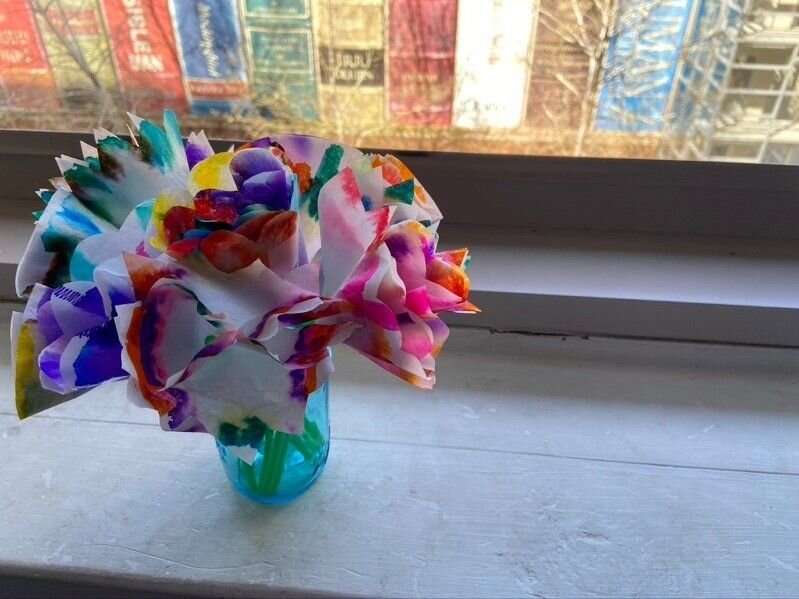Chromatography is used to separate mixtures of substances into their components based on small differences in solubility of different molecules. To begin the process, you must dissolve a substance (called the mobile phase) into a second substance (called the stationary phase). The mobile phase flows through the stationary phase and carries the components of the mixture with it, which usually travel at different rates. Molecules that are the most soluble will move the furthest and the least soluble will travel the shortest and are measured in retention time. The water itself is able to move up the paper due to the properties of water creating Capillary Action.
In paper chromatography, the stationary phase is the paper and the mobile phase is the water. If using the same color but with different brands, it is easy to see that the same color is not always made of the same mixture. A black from Brand X may contain more red compared to Brand Y which may have more green or blue.
Determining the components of a mixture are important because it allows scientists to know what is in a mixture and how to recreate it (such as in medicine if a new mixture is found in nature) or how to alter it (such as if a mixture is toxic to people, chromatography can help determine what is making it toxic).
Using these techniques, you will be able to create flowers perfect for the April showers to bring the true flowers in May!
Key Terms
Chromatography – process for separating components of a mixture
Mobile Phase – the substance that moves and is dissolved into the stationary phase
Stationary Phase – the substance in which the mobile phase is carried through; the substance that stays still through the process
Soluble – able to be dissolved
Retention Time – the amount of time it takes for a substance to travel a certain distance
Capillary Action – the ability for a liquid to flow in narrow spaces without the assistance, or even in opposition to, external forces like gravity.
Supplies:
– Coffee Filters OR Paper Towels
– Pipe Cleaners OR Pencils OR Pens OR Straws OR Paper* (it is also possible to do this experiment without these materials)
– Scissors
– Water Based Markers
– Tape
– A Cup
– Water
– Towels OR Paper Towels


